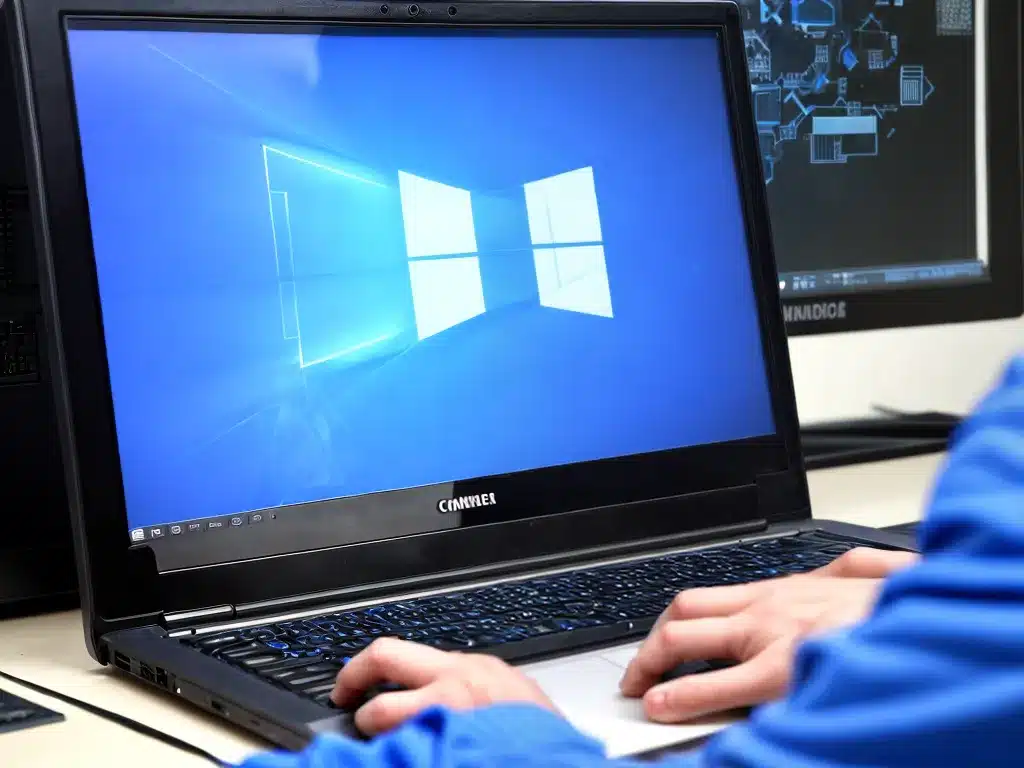
Dealing with blue screen errors can be frustrating, but fixing them is possible if you understand what’s causing the problem. Here’s a comprehensive guide on troubleshooting the most common blue screen error codes in Windows and how to resolve them.
What Are Blue Screen Errors?
A blue screen of death (BSOD), technically called a stop error, occurs when Windows encounters a critical system error it can’t recover from. Instead of the normal desktop, you’ll see a blue screen with details about the error, including an error code.
Some common causes of blue screen errors include:
-
Faulty or incompatible drivers – Updates to drivers can sometimes cause conflicts with other hardware or software on your PC.
-
Bad sectors on hard drives or SSDs – Over time, bad sectors can develop on storage drives leading to data corruption and crashes.
-
Problematic Windows updates – Though rare, flawed updates can sometimes trigger stop errors.
-
Overheating – Excess heat can cause system instability and blue screens.
-
Malware or viruses – Malicious software can modify critical system files and settings leading to crashes.
-
Faulty hardware – Defective RAM, a failing power supply, or other hardware issues can cause blue screen crashes.
Deciphering Blue Screen Error Codes
The blue screen contains an error name and short code that indicates the root of the problem. Here are some of the most common blue screen error codes and what they mean:
-
PAGE_FAULT_IN_NONPAGED_AREA (0x050) – This usually points to faulty memory (RAM) or drivers.
-
IRQL_NOT_LESS_OR_EQUAL (0x0000000A) – Often indicates a driver conflict or memory problems.
-
KERNEL_SECURITY_CHECK_FAILURE (0x00000139) – Usually caused by antivirus software or faulty drivers.
-
KMODE_EXCEPTION_NOT_HANDLED (0x0000001E) – Indicates an issue with system drivers, likely an incompatible or damaged driver.
-
SYSTEM_THREAD_EXCEPTION_NOT_HANDLED (0x0000007E) – Points to a driver that Microsoft Windows was unable to load properly.
-
UNEXPECTED_KERNEL_MODE_TRAP (0x0000007F) – Commonly caused by a bad sector or defective area on a hard drive.
-
MEMORY_MANAGEMENT (0x0000001A) – This blue screen error is often due to faulty or incompatible drivers, or defective RAM.
Troubleshooting the Error
Here are some steps to resolve the most common blue screen error codes:
Check for Overheating Issues
- Ensure your PC case, CPU fan, and other cooling systems are dust-free and operating properly. Overheating can lead to blue screens.
Scan for Malware and Viruses
- Malware and viruses can sometimes cause system file corruption leading to crashes. Run a full system scan with updated antivirus software.
Update Drivers
- Outdated, missing, or faulty drivers account for many blue screen errors. Update drivers, especially chipset, graphics card, and storage drivers.
Update Windows
- Make sure you have the latest Windows updates installed. Updates often contain fixes for blue screen-causing bugs.
Test and Replace RAM
- Use the Windows Memory Diagnostic tool to test your RAM. Faulty memory sticks can cause blue screen issues. Replace defective RAM.
Check Hard Drives for Errors
- Run CHKDSK in Windows to scan for and repair bad sectors or file system errors on hard drives that could be causing crashes.
Revert Recent Changes
- If the blue screens started after a new software install, hardware change, or configuration edit, revert the changes to see if the issue stops occurring.
Perform System File Checker Scan
- Run SFC /scannow in an admin Command Prompt to check for corrupted system files that could be triggering blue screens. It will replace them if any are found.
Clean Install/Reset Windows
- As a last resort, you can reinstall Windows or reset it to factory condition to eliminate any corrupted OS files causing crashes. Back up data first.
With focus and patience, you should be able to determine the cause and implement the right fix to eliminate frustrating blue screen crashes on your computer. Be sure to research your specific error code for additional tailored troubleshooting tips.












